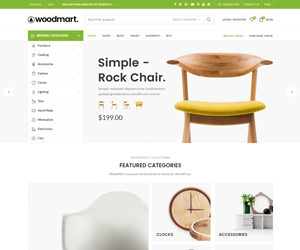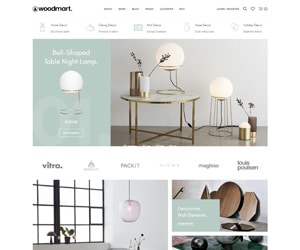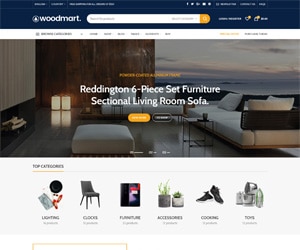After going through all the above stages and getting approved, the app goes live for users to download and install. Addressing the security concerns is crucial to make sure that the app is secure from data breaches and attacks. Functional testing will make sure that the app’s features work properly or not. It includes building an interactive prototype to stimulate app interactions. Before jumping into the development, let’s first address the key factors that influence the success of your app. We design solutions that bring unmatchable customer experience to life and help companies accelerate their growth agendas with breakthrough innovation.
User Interface Rendering
You can also leverage test farm services to test your app across multiple devices, OS versions, and simulating concurrent users. Establishing a style guide early on as part of your mobile software quality assurance (QA) analyst app development process improves the productivity of your mobile app developers. Following a style guide will help ensure consistency across your app’s look and feel. As part of your app design, you should also consider app design guidelines from Apple for iOS apps and from Google for Android apps. Whether you are planning native app development or cross-platform apps, following a detailed mobile app development process is essential.
IT Support Outsourcing: The Ultimate Guide for Businesses
- Let’s check out some tools that can help with native app mobile development.
- The framework allows for shared business logic and UI components, ensuring that the app behaves similarly on both iOS and Android.
- We developed a web tool that integrates seamlessly with Phantombuster for data extraction and LinkedIn for social outreach.
- Security is also a key aspect at this stage of the app development process.
- During the planning and R&D phase, make sure to jot down all these requirements.
Once you know your target audience, the next step is to discover the challenges they face. Also, you need to find incentives to help attract your users to use the app. If developers choose to work with DevOps they should conduct Continuous Integration (CI) and Continuous Deployment (CD) techniques as part of the DevOps LifeCycle. Developers can also use the MADSF model in the pre-launch stage to support in making a decision on the most appropriate development structure. The Agile methodology encourages early ROI through iterative and collaborative project management. Agile methodologies allow teams to work on project phases concurrently and to short-term deadlines.
Develop a Stunning iOS App with React Native and Expo
The promise was made to release a new bridge update in 2021 and to alter the manner in which native code communicates with JS. In addition, developers might be required to integrate more components, such as TypeScript and Flow, into the infrastructure they already have. A significant degree of optimization can be accomplished through the application of skilled programming. Since React Native can render native components, your app will look and feel the same on both iOS and Android. This allows for a better user experience, as users don’t have to switch between different designs or behaviors based on the platform they are using. This is the beauty of cross-platform app development with React Native.
Components with specific functionalities or styling limited to a single platform must be avoided. Avoid adding unnecessary animations and features that might clutter the app. Furthermore, significant React Native libraries like React Navigation 5.0 and React Redux 7.1.0 support Hooks. With Hooks, developers can easily split components into smaller functions.
Must Have Features for a Successful CMS
These apps can provide a native-like performance and feel because they are natively rendered. Also, the active community support helps developers resolve Strong Middle Full Stack developer (Nest.js/React.js) job issues instantly with the available resources and tools. The second phase of the mobile app development steps is frontend development.





